High-Intensity Interval Training (HIIT) has taken the fitness world by storm, offering a time-efficient way to burn calories and improve cardiovascular health. Among the many variables that influence HIIT effectiveness, interval timing stands out as a critical factor. The duration of work and rest periods can make or break a workout, dictating everything from fat loss to athletic performance. Understanding how to manipulate these intervals allows trainees to customize their routines for specific goals, whether that's endurance, power, or metabolic conditioning.
The Science Behind HIIT Intervals
At its core, HIIT alternates between short bursts of intense exercise and brief recovery periods. Research suggests that the magic lies in the balance between exertion and rest. Too much work without adequate recovery leads to premature fatigue, while excessive rest diminishes the metabolic demand. Studies indicate that work intervals ranging from 20 to 60 seconds paired with equal or slightly longer rest periods optimize EPOC (Excess Post-Exercise Oxygen Consumption), keeping the calorie burn elevated long after the workout ends.
Interestingly, the body's response to HIIT varies based on interval structure. Shorter sprints (e.g., 20-second efforts) primarily engage the ATP-PCr system, ideal for power development. Longer intervals (45-60 seconds) tap into glycolytic pathways, enhancing endurance. Coaches often periodize these durations throughout training cycles to prevent plateaus. The Tabata protocol—20 seconds on, 10 seconds off—remains legendary, but newer data shows that slightly longer ratios (like 40:20) may better suit beginners.
Tailoring Intervals to Fitness Levels
Novices frequently make the mistake of copying advanced HIIT templates, only to crash mid-session. For those new to high-intensity work, a 1:2 work-to-rest ratio provides necessary recovery. Imagine 30 seconds of effort followed by 60 seconds of walking—this builds tolerance without overwhelming the system. Intermediate trainees might shift to 1:1 ratios, while elite athletes often thrive at 2:1 (e.g., 40 seconds sprinting, 20 seconds rest). Listening to one's body trumps rigid adherence to formulas; gasping for air signals excessive intensity, whereas conversational breathing during rest suggests room to push harder.
Adaptation also plays a role. As fitness improves, the same interval feels less taxing—a phenomenon called the "training effect." Regularly tweaking durations prevents adaptation. Someone who started with 20-second sprints might progress to 30-second efforts after six weeks. Alternatively, reducing rest periods from 60 to 45 seconds increases density without changing the exercises. This principle keeps workouts challenging over months and years.
The Role of Active vs. Passive Recovery
Whether to stay moving or stand still during rest sparks debate among coaches. Active recovery (light jogging or cycling) maintains blood flow, helping clear lactate faster—a boon for endurance athletes. Passive recovery (complete rest), however, allows fuller ATP replenishment, benefiting power-focused sessions. A 2019 Journal of Sports Sciences study found that active recovery between intervals improved subsequent sprint performance by 8% compared to passive rest in trained cyclists.
Yet context matters. In workouts emphasizing maximum power output—like kettlebell swings or box jumps—passive recovery ensures each effort is truly all-out. For metabolic conditioning circuits with moderate loads, active recovery sustains intensity across multiple rounds. Experimentation reveals what works best for individual physiology and goals. Some athletes even blend both methods: walking for the first half of rest, then standing to regroup before the next interval.
Timing HIIT for Fat Loss vs. Performance
While HIIT torches calories, interval timing shifts the focus between fat oxidation and performance gains. Shorter, more frequent intervals (e.g., 15 rounds of 20:40) keep heart rate elevated for fat burning. Longer intervals with ample rest (like 5 rounds of 60:90) prioritize power output and speed development. Interestingly, a 2021 meta-analysis showed that protocols with work periods under 30 seconds elicited greater fat loss, whereas intervals exceeding 45 seconds better improved VO2 max.
Nutrition timing further refines outcomes. Performing HIIT fasted may enhance lipolysis, but performance often suffers. Consuming carbs beforehand fuels glycolytic intervals, while fasted sessions suit steady-state cardio. Post-workout, protein intake becomes crucial to repair microtears from high-intensity efforts. These nuances underscore that interval timing doesn't operate in isolation—it's part of a broader physiological ecosystem.
Common HIIT Interval Mistakes
Even seasoned athletes falter with interval programming. One pitfall is neglecting progression—doing the same 30:30 routine indefinitely. Another is mismatching interval lengths to exercise selection. For instance, 60-second burpee intervals typically degrade into poor form, whereas 20-second bursts maintain quality. Monitoring tools like heart rate monitors or RPE (Rate of Perceived Exertion) scales help gauge appropriate durations.
Rest periods also get misjudged. Cutting rest too short turns HIIT into ineffective moderate-intensity cardio. Overly long rests, however, cool the body too much, requiring extra warm-up time per interval. The sweet spot? Rest just enough to repeat the next effort at target intensity—usually when heart rate drops to 60-70% of max. This self-regulation ensures quality over arbitrary time constraints.
Innovations in Interval Timing
Emerging tech is revolutionizing how we approach HIIT intervals. Wearables now auto-adjust work/rest ratios based on live heart rate data. Apps like "Intervalic" use algorithms to personalize timing based on past performance. Even VR fitness platforms incorporate dynamic intervals that respond to user fatigue levels in real-time. These tools democratize what was once the domain of elite coaches.
Meanwhile, research explores "variable interval training"—randomized work/rest durations that may enhance adherence by reducing monotony. Early findings suggest psychological benefits outweigh slight physiological trade-offs. After all, the best interval protocol is one you'll consistently perform. As science evolves, so too will our understanding of optimizing these potent yet fleeting moments between exertion and recovery.

By /May 21, 2025

By /May 21, 2025

By /May 21, 2025

By /May 21, 2025

By /May 21, 2025
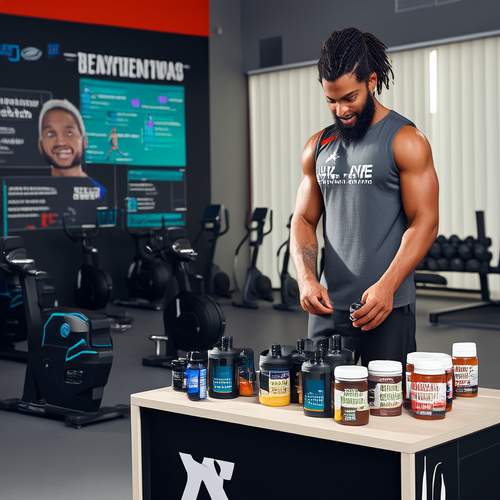
By /May 21, 2025

By /May 21, 2025

By /May 21, 2025

By /May 21, 2025
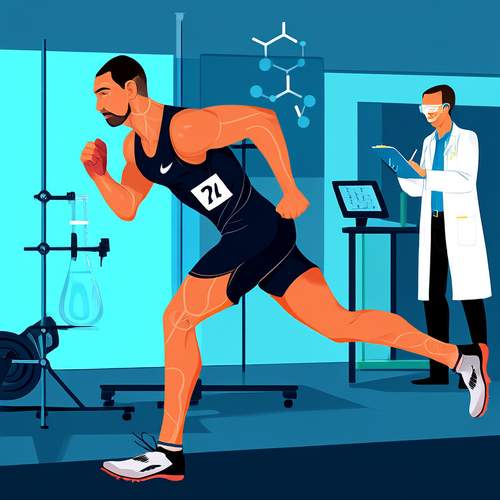
By /May 21, 2025
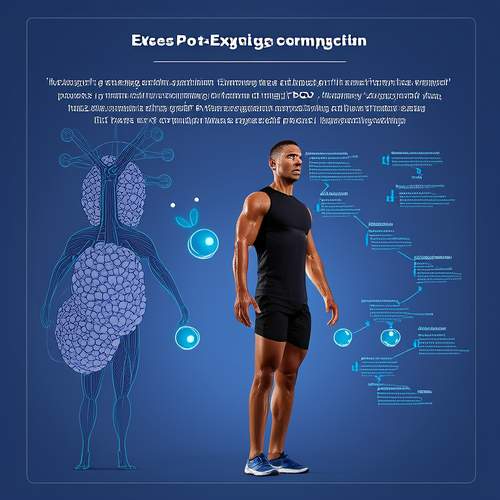
By /May 21, 2025

By /May 21, 2025

By /May 21, 2025
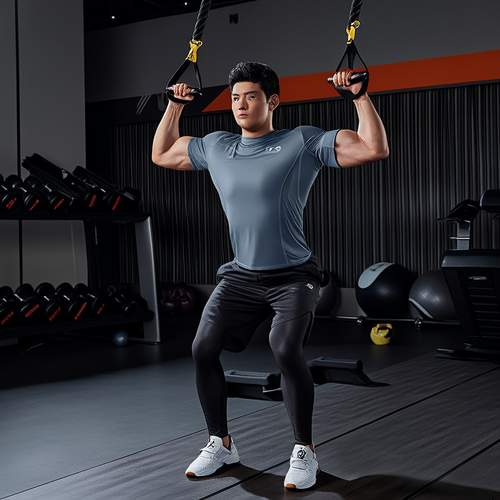
By /May 21, 2025

By /May 21, 2025

By /May 21, 2025
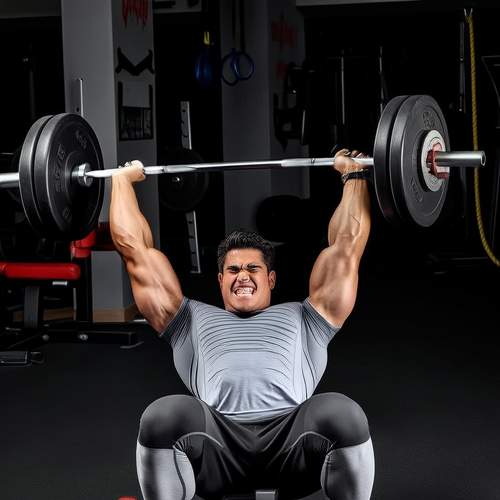
By /May 21, 2025
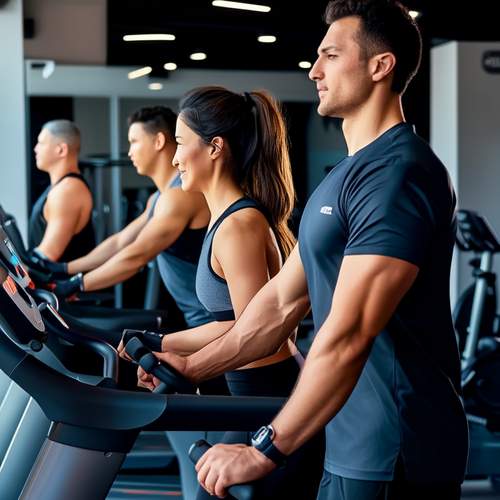
By /May 21, 2025

By /May 21, 2025

By /May 21, 2025